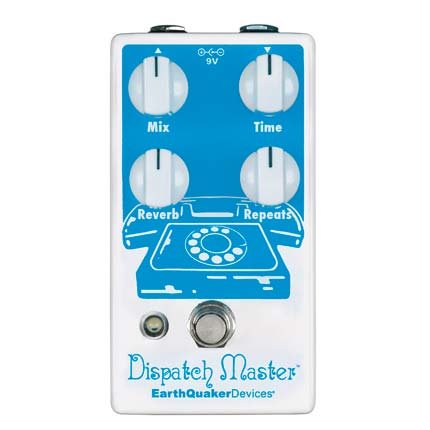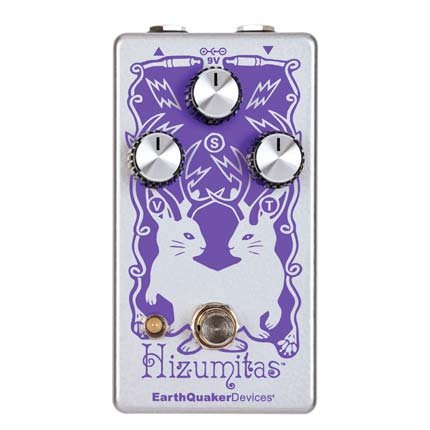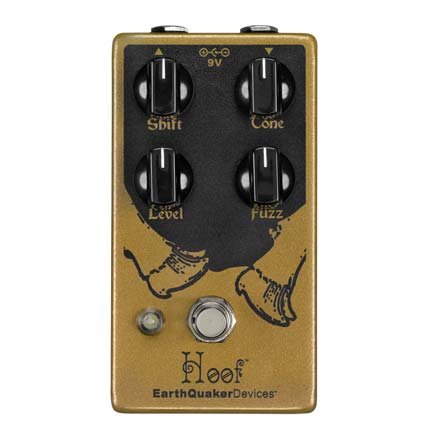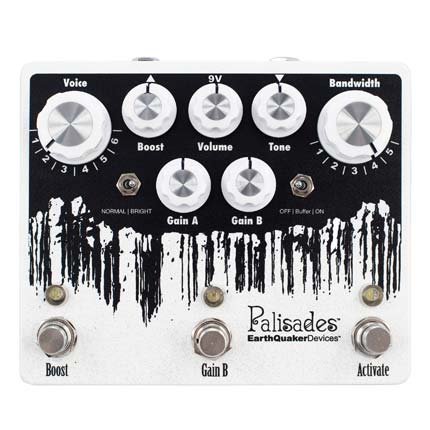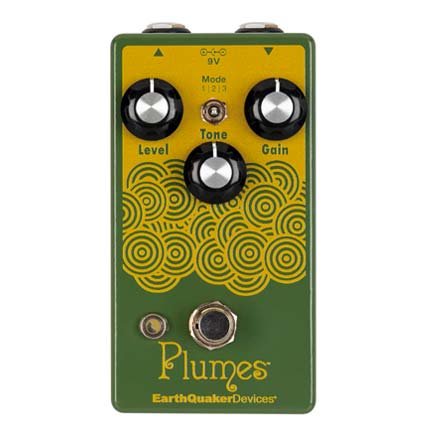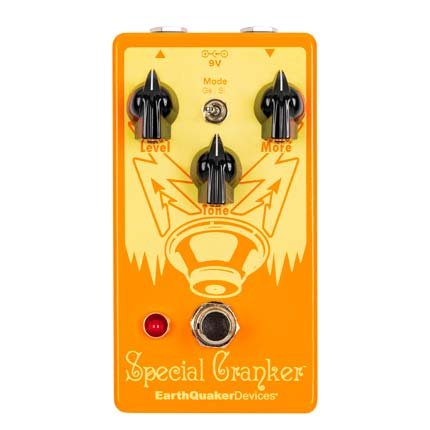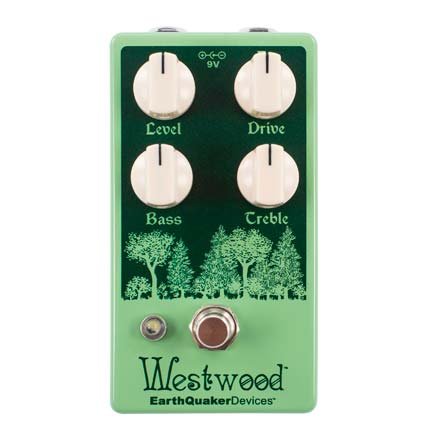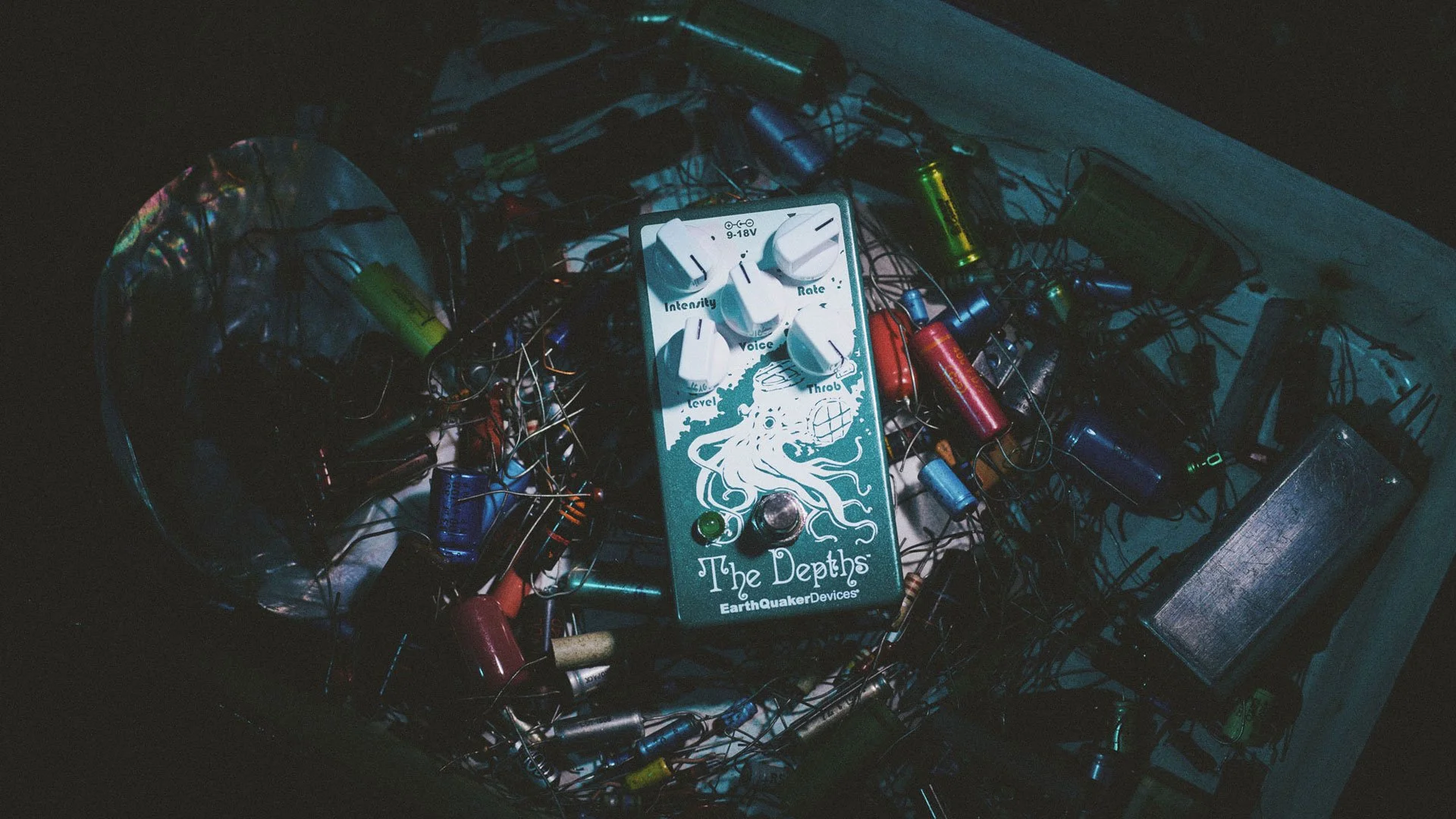Tone Twin : Tony Iommi
Malcolm X Abram
Anthony Frank Iommi is one of the primary progenitors of heavy metal, and the group he co-founded, Black Sabbath, set the template for 50 years of heavy guitar-based music. Ya know, METAL and DOOOM!
Tony (as we like to call him) was creating and recording crushingly heavy riffs long before guitarists had triple-tiered pedalboards and clones of other clones of famous amps. Tony did it the old-fashioned way with massive volume, bullying his Laney and later Marshall amps into glorious distortion with assistance from a treble boost pedal.
Of course, here in the 21st century, you don’t have to sonically punish your neighbors, bandmates, or an audience with a dimed 100-watt tube amp and a full stack of 4X12 cabinets. That’s not to say that volume doesn’t matter, particularly if you’re trying to use the natural breakup of whatever amp you're rocking and rolling through. However, you also must be realistic about your gear. If you’re trying to get Iommi-levels of volume and heaviness out of your 20-watt solid-state practice amp and its 10-inch speaker, you will likely be disappointed. But you can get darn close to Iommi-land with pedals and a decent amp, especially if you’re going direct into a mixer, DAW, and have a good cab sim plugin or pedal.
Another signature of classic-era Sabbath was Iommi tuning his guitars to C#, a.k.a. the original key of DOOM. Iommi did it to ease the strain on the tips of his fingers, which, as all Sabbath fans know, were chopped off in a work accident. The albums Master of Reality, Vol. 4, Sabbath Bloody Sabbath, and Sabotage were primarily recorded in that key. But Iommi also used standard tuning on the first two albums and tuned a half-step down through much of the Dio era and the mid-80s and 90s albums. He also tuned a whole step down for the Born Again and Seventh Star albums. C# era Iommi is a favorite here at the Upstairs Bedroom Sound Labs, so we suggest dialing in your sound and playing something from Master of Reality to get your blood pumping. It also simply sounds fantastic, giving your guitar instant heavy and a touch of evil.
SOUND THING
For this “how-to,” we’re going to use EarthQuaker pedals to get you a reasonably heavy, Iommi-esque tone on a relative budget and without upgrading your amp to arena band levels.
One aspect of Iommi’s setup that you will need is a guitar equipped with humbuckers. Sure, you can crank your standard single-coil shredder ax or turbocharge your active pickups, but to get that classic Iommi heft, hot humbuckers -or at least hot P90s - are your best bet.
Many contemporary low-end loving doom and stoner rock bands love to use fuzz pedals through a Sunn or similarly-styled amplifier. Though Iommi didn’t use fuzz or distortion pedals in Sabbath’s early days (though I’ve read he started using Tube Screamers in the aughts), a good fuzz with some meaty trebly midrange should get your take on the opening chords of “War Pigs” suitably metallic.
Across five decades, Iommi used many different amps and variations on his signature Gibson SG, but here is a shortlist of some of the amps and pedals he used during the band’s pioneering glory years, courtesy of the folks at Guitar Lobby.
AMPS: Laney SuperGroup, Laney GH 100TI, Marshall Super Lead 1959, ENGL Powerball
PEDALS: Dallas Rangemaster Treble Booster, Tycobrahe Parapedal Wah, Analogman Beano Boost, Ibanez Tube Screamer TS9/808 (modified by Analogman), Boss OC-3, DOD FX35 Octoplus, MXR M101 Phase 90, Dunlop’s Rotovibe Chorus and Vibrato
For a more recent list of Iommi’s live rig, check it out on Iommi.com.
And here’s Tony and the boys in action circa 1970
OK, so there’s a solid chance that most folks reading this (thanks!) may not have easy access to several Laney or Marshall amp heads or cabinets. So, let’s bring that awesomely professional touring rock-legend grade gear list down to a typical consumer level. Oh, and of course, we’re using only EQD pedals. If you’re going direct into a DAW/Interface, you ideally have an amp simulator plugin or an amp and cab sim pedal to help recreate the power.
Asking around the EQD HQ (which features many musicians and many Black Sabbath fans), we got a few different suggestions on the easiest way to Blacken your Sabbath. One small caveat. If you’re trying to tackle one of the Black Sabbath songs in C#, just remember every guitar doesn’t like to be tuned down a full step and a half. Also, if you’re a heavy-handed player or playing with lighter gauge strings, you might find some of your fretted notes going a bit sharp, so consider playing these heavy riffs with a more delicate touch.
Our fearless leader, Jamie Stillman, suggested that the quickest way to Iommi-size your guitar sound is to use a Hizumitas Fuzz Sustainar with the Sustain knob at around 11 o’clock and the Tone knob at around 1 o’clock. Then get yourself an axe with some good humbuckers, crank it as loud as the neighbors/spouse/club will allow, and work those riffs!
We’ve got another one for you to try out. Brad Thorla, expert drummer and EQD Inventory Systems Manager, also suggests keeping it simple with a Hoof into a medium-gain overdrive such as the Westwood or Plumes and reverb from the Dispatch Master. Go heavy on the fuzz, then use the overdrive to tighten up the bottom end and a dash of reverb, so your signal isn’t dry.
For my attempt to approximate Iommi’s tone, I decided to branch out and use P-90s with the pickup switch in the middle position. Then I whipped out an old favorite, the Palisades Mega Ultimate Overdrive, inspired by the classic Ibanez TS808. As previously stated, Iommi began using Tubescreamers in the aughts, so why not use an EQD pedal that has nearly every popular Tubescreamer variation built right into it? First comes The Warden optical compressor with the Sustain at around 1 o’clock and a medium attack and release. Then into the Palisades with Gain A at about noon and Gain B set to around 10 o’clock. We’re using the second voicing, LED clipping with volume, and the widest bandwidth (number 5), as it’s the fattest with the heaviest gain. Then the signal goes into the Special Cranker set to the Germanium side and the Tone knob at 1 o’clock to ensure we don’t get too much low end and the More knob at around 11 o’clock. Then the signal goes directly into the Mooer Radar cab-sim using the 1960BV 4X12, an impulse response of a 1960 Marshall, and then into our DAW. Of course, I can’t rock like Iommi, but let’s see what happens, eh?
I hope this short tutorial has pointed you down the Unholy Path of Iommi or at least given you some ideas about how to sculpt your own heavy, heavy sound.
Photo by Carl Lender - Flickr: Tony Iommi at the New Haven Coliseum, CC BY 2.0
Malcolm X Abram is a recovering reporter and music writer and a proud 40 year guitar noodler. He lives, works and plays in the bucolic dreamland of Akron, Ohio in an old house with two dogs who don’t really like each other and way too many spiders.


